How to Choose a Women’s Technical Swimsuit
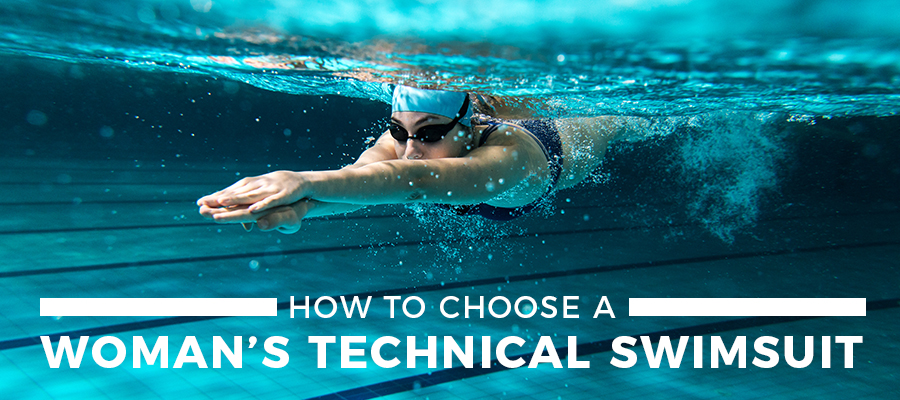

When you dive into the water, you rely on your training, strength and skill to dominate your competition. But you also rely on quality gear to support you. Learning how to choose a women’s technical suit gives you a leg up in the pool. Everything from the style and fabric to the fit and sizing affects how well the suit works for you in the pool. Check out our women’s technical swimsuit guide to choose your ideal technical suit!
Why You Need a Technical Suit
If you don’t yet have a technical suit, you might be wondering why you need one. A technical suit is an investment, but it’s one that pays off in the pool. Think of your tech suit as another piece of equipment, like your goggles or swim cap, that helps you improve your performance. Tech suits offer many benefits, including:
-
Minimal drag:
A tech suit is designed to reduce drag in the water. This helps you swim more efficiently, so you’re faster in the pool.
-
Compression:
Technical swimming suits use compression technology to improve blood flow, which helps oxygenated blood reach your muscles more efficiently. This can minimize feelings of fatigue and help you recover faster between races.
-
Muscle stabilization:
Another advantage of the tight fit is stabilization of your muscles.
-
Repelling water:
A special design feature of tech suits is to repel water so the suit doesn’t soak it up and become heavier. This keeps you light and fast.
Styles of Women’s Tech Suits
Women’s technical swimming suits come in two basic styles: a traditional one-piece style with high-cut legs and a suit with legs extending down to the knees. These longer suits go by different names, including kneeskin, neck-to-knee and short john.
Traditional swimsuit cuts give you a full range of motion with your legs, which is a definite advantage in the water. Breaststroke kicking in particular benefits from this range of motion, which is sometimes restricted to a degree with neck-to-knee suits. The traditional style of tech suit is similar in popularity to the longer suits.
The increased surface area of neck-to-knee suits offers some advantages in the pool. More hydrodynamic fabric decreases your drag as you move through the water. Increased fabric surface also increases the amount of compression, which helps shape your body to make it more hydrodynamic.
Suit Material and Construction Considerations
Technical swimsuits are made of special material designed to repel water. This makes you more hydrodynamic in the water, which reduces friction for easier gliding. Woven fabric is the most common option, as it keeps the swimsuit very thin and very strong. This allows for a lightweight, form-fitting design that minimizes drag.
Tech suits come in different fabrics, including polyester and nylon. You may find suits that blend several fabric types together to capitalize on the best features of each. A suit with a higher proportion of nylon has the greatest amount of stretch while still offering a tight fit with support, but those suits often don’t hold up as well. Suits with high proportions of polyester often resist chlorine damage better and last longer. They offer greater compression for a snug fit, but they have less stretch.
The seams are another design consideration in tech suits. Newer designs use flat, bonded seams instead of traditional stitched seams. Using special adhesives or heat-bonding techniques, the suit is streamlined to allow for a smooth, snug fit that won’t drag or catch on the water. These flat, bonded seams can be particularly beneficial for sprint swimmers, since speed is so important.
Fit
Technical swimsuits intentionally fit snugly to create a streamlined profile with as little resistance as possible. Every area should feel snug, yet comfortable, without feeling like the suit is cutting into your body. A suit that’s too tight restricts movement and can cut off circulation or cause you to lose sensation. It can also contribute to fatigue. A suit that’s too loose lets in excess water, which slows you down.
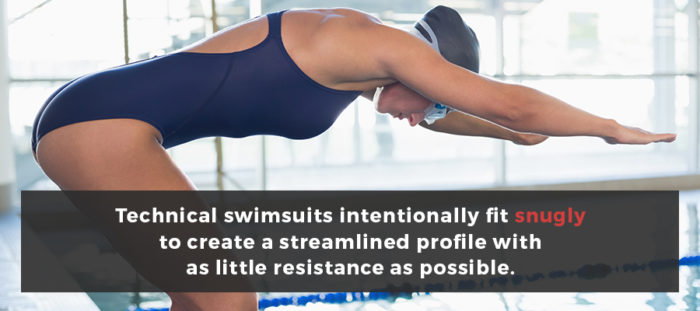
Women face unique fit challenges because the suits cover so much of the upper body. This means it needs to fit in the leg area, throughout the torso and in the chest. If your body is relatively proportional, you will likely have an easier time finding a suit that fits well from top to bottom. However, if you have a larger chest compared to the rest of your body, a shorter torso relative to your height or other differences in proportions, you may have more difficulty finding a suit that fits well in all areas.
Let’s take a look at the different parts of a women’s technical swimsuit to consider fit issues.
Shoulders:
At the shoulders, it can be a challenge to find straps that fit just right. You want the straps to fit snugly so your suit stays in place, but you also want to feel some degree of comfort with a full range of movement. Straps that are too tight can also cause fatigue, since you have to work so much harder against the tension to perform each stroke. If you can’t get the straps over your shoulders or the straps cut into you uncomfortably, try a different suit.
How do you know if the suit fits your shoulder area properly? Check these areas:
-
Compression:
You should feel a slight squeezing sensation, but it shouldn’t cut into your shoulders or limit your arm movement.
-
Balance:
A balance between the compression in your shoulders and the compression across your chest and torso is key. The horizontal compression in those areas should be similar to the pressure you feel on your shoulders.
-
Lift:
An easy test on the shoulder straps is to have someone else slide two fingers under a strap and lift up. If it’s not possible to lift the strap about two inches, you may need a larger size.
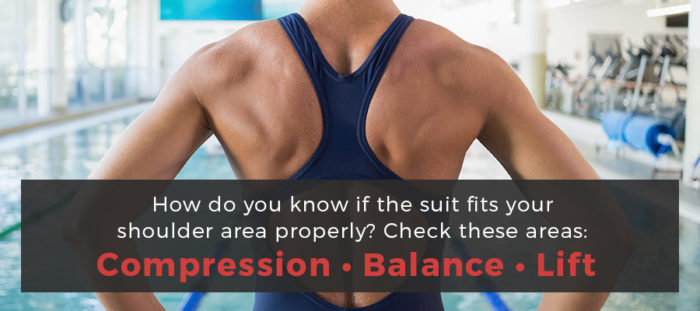
Torso:
Next up when it comes to fit is the torso. You want compression in the chest and stomach area, but it shouldn’t interfere with your normal breathing. The last thing you want is to have shortness of breath during a swimming competition.
Check the armpit area to ensure there are no gaps where water can get in easily. The same gap check should happen at the front of the suit. You want a snug fit with no gaps to streamline your movements through the water.
Legs:
Women’s technical swimsuits typically cover the top portion of your leg if you choose a knee-to-neck style. The suit should stop just above the knee. A suit that extends to the knee is likely too large. If the suit hits higher on the leg, it might restrict your leg muscles and cut off circulation, which will negatively affect your performance.
Like the rest of the suit, the legs should feel snug but not too tight. Suits that cover the legs often have grippers along the bottom inner edge to help keep the legs from moving. When you put on your suit, flip the bottom edge outward so those grippers don’t rub against your leg. This makes putting on the suit a little easier.
Keep in mind your suit will gradually stretch and loosen over time. If it doesn’t fit snugly at the time of purchase, it will always be slightly loose and may eventually become too loose to function properly.
Sizing
Now that you know how the suit should fit, it’s time to talk about sizing. Measuring accurately is an important part of how to pick a women’s tech suit. Always take fresh measurements each time you buy a new swimming suit, as your measurements may change. Never use the sizing from a fashion swimsuit as a guide, as the sizing is likely different due to the difference in cut and purpose.
A major difference in sizing for women comes in hip and chest measurements, particularly if there’s a great variation between your hips and chest. In other words, if you have larger hips and a smaller chest, you may need to go up a size to accommodate your hips. On the opposite side, if you have a larger chest and smaller hips, you may need to go down a size so your suit isn’t too large in the hip area.
Taking accurate measurements is key to choosing a suit that fits. Use the measurements you take to evaluate the sizing guide for the particular brand of swimming suit you buy. Here are some tips to keep in mind when taking measurements for your tech swimming suit:

-
Get help:
Taking your own measurements is difficult, especially for women. Asking someone else to help ensures the tape measure stays level all the way around your body.
-
Use proper tools:
A soft, flexible measuring tape gives you the most accurate numbers. Don’t use a metal tape measure, as it doesn’t flex around your body or give a snug fit. If you don’t have a soft measuring tape, use a string that doesn’t stretch. Place the string next to a tape measure to get your numbers.
-
Measure on bare skin:
The most accurate way to measure for a swimming suit is on bare skin. If someone is helping you, stripping down can be a little embarrassing. If you leave your clothes on, choose thin, form-fitting clothing for the least interference. Keep in mind your measurements may be a little larger due to the excess fabric during measuring.
-
Keep the tape flat:
For accuracy, the measuring tape should remain flat and level without any twists. You want the tape snug, but not so tight that it indents the skin.
You can tell your suit is too large based on the following characteristics:
- The suit scoops at the neck in a streamline position
- You can stretch the straps to your ears
- The open section of the back below the strap intersection lifts from the skin
- Material wrinkles or looks baggy
- A short john suit goes down to or past the knee
- The suit goes on very easily with no resistance
You can tell the suit is too small based on the following characteristics:
- You cannot perform the full range of motion needed for swimming
- It affects blood flow and/or restricts breathing
- The suit causes pain
- Your chest or other parts of the body seem to spill out of the suit
- A short john suit hits higher on the leg
- You struggle to get it on
Expect to spend some time getting into a properly fitted tech suit. Because of the tight fit, it takes some work to get the suit on and positioned correctly. A tech suit may take longer to put on than your practice suit. Suits that won’t go on no matter how hard you work, or that take an extraordinarily long time to get on, are likely too small. Try to find a suit you can get on in under 10 minutes.
Straps
We already touched on how straps should fit, which is an important consideration when evaluating your swimsuit. There are other factors to consider when it comes to the straps. The straps on tech suits are typically flat and wide. This minimizes drag while providing the required support. Wider, flatter straps also allow for more control and stay in place better than thinner straps.
The construction of the straps can also vary. Some suits use elastic in the straps to give them stretch to fit securely over the shoulders. Others have straps with little or no stretch, instead allowing the overall flexibility and stretch of the suit to allow the straps to fit snugly and properly.
Tech suits typically feature either a V or an X shape in the back. Openings in the back may vary from suit to suit. Consider the type of back and straps your practice suit has when choosing a tech suit for competition. If you’re accustomed to a particular style, finding a tech suit with the same design makes you feel more comfortable.
Tips for Choosing Your Women’s Tech Suit
With the basics in mind, your choice often comes down to the details. Small differences in the fit, cost or overall style of the suit can be the deciding factor. Keep these tips in mind if you need more help picking the right technical suit for women:
-
Set your budget:
Women’s technical swimsuits often come with a higher price tag than fashion suits, but setting a budget is important during your selection. Set your budget before you start shopping so you can limit your search.
-
Comparison shop:
Going to your local swim shop can mean a limited selection. Comparison shop to explore a wider range of options. Shopping online is a simple way to compare a large number of swimming suits at once.
-
Check the details:
Online descriptions of suits offer specific details that help you evaluate the options. Read through the description thoroughly to determine the type of fabric, style of shoulder straps, length of the suit and other important details.
-
Check for FINA approval:
If you swim competitively, your tech suit must be FINA-approved. Certain types of fabric don’t qualify. Full-body suits are also not FINA-approved.
-
Test it in and out of the water:
Don’t base your purchase on sizing guides alone. Trying on your swim suit is essential for getting a good fit. Note how the suit looks and feels on your body. Assume different positions you might use in the pool. Rotate your arms the way you do for different strokes. Once you make your swimsuit selection, try it in the pool before competition day. Suits feel different in the water, so it’s important to test out your technical swimsuit ahead of time to see what kind of glide it offers and how well you can perform while wearing it.
-
Trust your own judgment:
Your personal preferences and the way the suit feels are two important factors in choosing a tech suit. While most tech suits use similar materials and designs, you’ll notice a difference in the way they feel due to differences in compression, stretch, specific fabric and cut.
Keeping the fit and sizing guidelines in mind helps you narrow down your options when shopping for a women’s technical swimming suit. When you’re ready to shop, check out the selection of women’s technical suits we offer at The Lifeguard Store.
We’re proud of our wide selection and assortment of styles, and our fast shipping and no-hassle returns are sure to make your online shopping experience a pleasant one!
Learn More About Competitive Swimming:
- Getting Over a Bad Race
- How to Correctly Clean Your Competitive Swimsuit
- How to Choose a Men’s Technical Swimsuit
- Choose the Perfect Pair of Swimming Goggles
- Eat Better to Swim Faster and Recover Quicker: the Ultimate Nutrition Guide for Swimmers
- Eating Before a Swim Meet
- Tips for Waking Up Early
- When You Want to Give Up
- Maximizing Energy


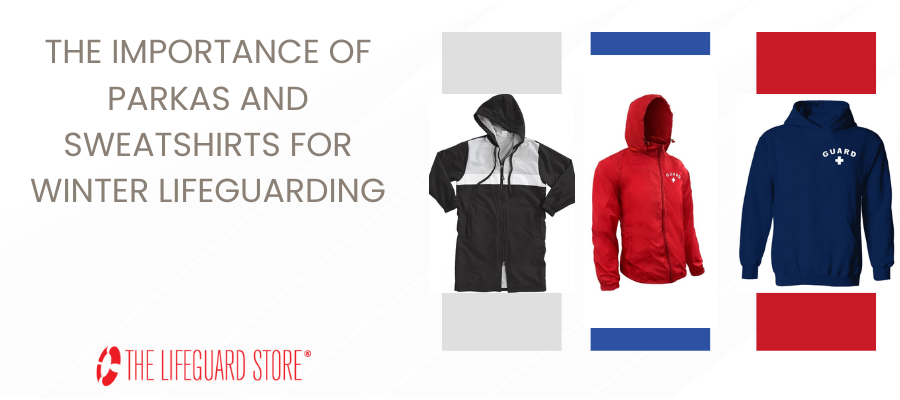
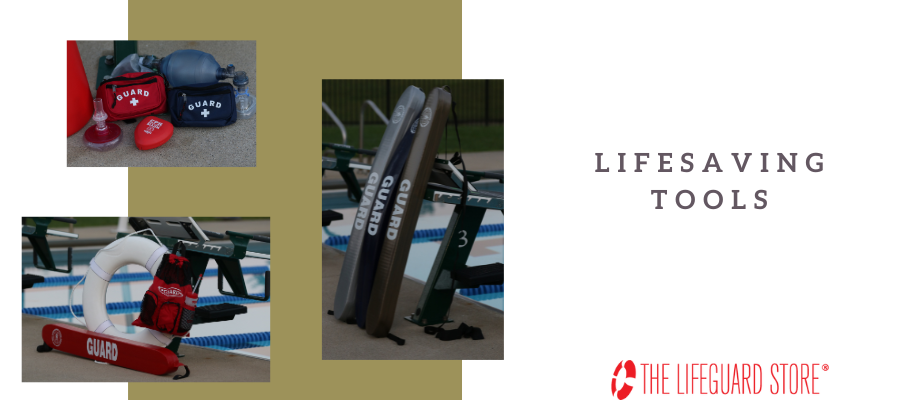

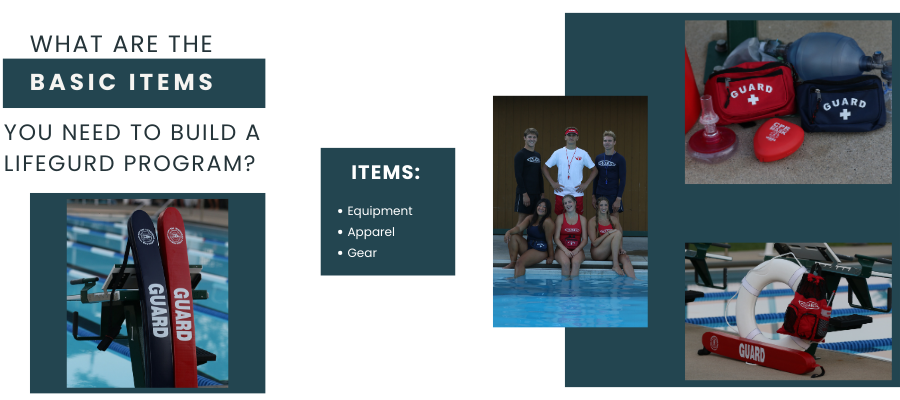
Leave a Comment
Your email address will not be published. Required fields are marked *